Home>Gardening & Outdoor>Outdoor Entertaining>How Far Should A Fire Pit Be From A Fence
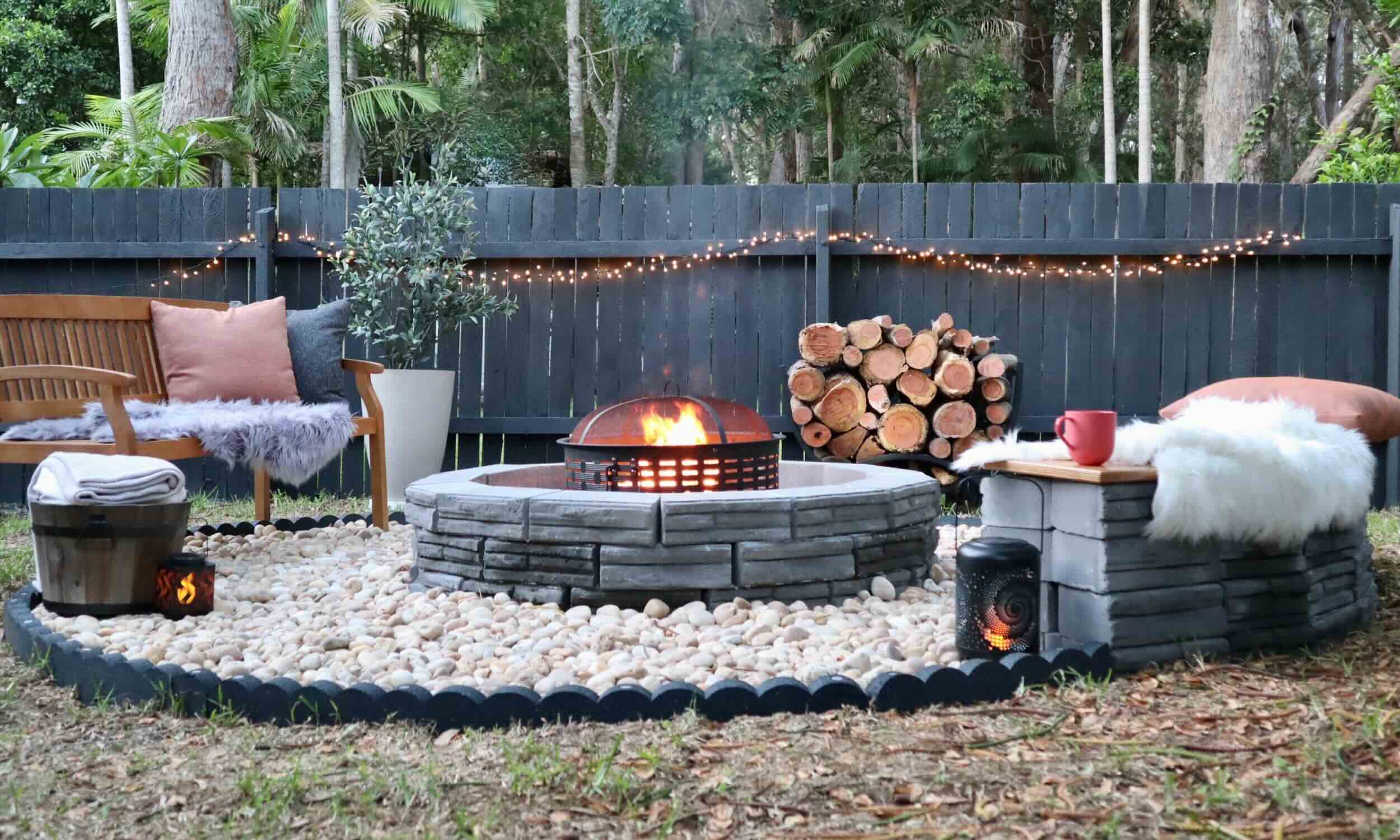

Outdoor Entertaining
How Far Should A Fire Pit Be From A Fence
Modified: April 22, 2024
Discover the ideal distance for placing your fire pit from a fence to ensure a safe and enjoyable outdoor entertaining experience. Learn more about fire pit safety and regulations.
(Many of the links in this article redirect to a specific reviewed product. Your purchase of these products through affiliate links helps to generate commission for Storables.com, at no extra cost. Learn more)
Introduction
When it comes to creating a cozy and inviting outdoor space, few features can rival the allure of a crackling fire pit. Whether you're hosting a lively gathering of friends or simply unwinding with your loved ones, a well-placed fire pit can serve as the focal point of your outdoor entertainment area. However, as you bask in the warmth of the flames and relish the enchanting ambiance, it's crucial to prioritize safety, especially in relation to the fire pit's proximity to your property's perimeter.
In this comprehensive guide, we'll delve into the vital considerations and safety measures associated with positioning a fire pit in close proximity to a fence. By understanding the pertinent regulations, assessing the environmental factors, and implementing recommended safety distances, you can savor the delights of your fire pit while mitigating potential hazards. So, let's embark on this enlightening journey to uncover the optimal distance for a fire pit from a fence, ensuring a harmonious blend of safety and enjoyment in your outdoor oasis.
Key Takeaways:
- Prioritize safety by maintaining a 10-20 feet clearance for wood-burning fire pits from fences to prevent sparks and embers from igniting the fence, ensuring a secure and enjoyable outdoor space.
- Understand local regulations and consider factors like wind patterns and fence material when positioning a fire pit, creating a harmonious blend of safety and enjoyment in your outdoor oasis.
Read more: How Far From Fire Pit Should Seating Be
Understanding Fire Pit Safety
Before delving into the specifics of fire pit placement, it’s crucial to grasp the fundamental principles of fire pit safety. A fire pit, while a source of warmth and ambiance, poses inherent risks that necessitate careful consideration. From embers escaping the enclosure to radiant heat affecting nearby structures, the potential dangers are manifold.
When situating a fire pit near a fence, it’s essential to acknowledge the combustible nature of wooden fences. Even with a non-combustible barrier, such as a masonry wall, the heat generated by the fire pit can still pose a risk. Understanding the behavior of fire and the potential consequences of its proximity to a fence is paramount in ensuring the safety of your outdoor space.
Furthermore, the type of fuel used in the fire pit, be it wood, gas, or propane, influences the safety considerations. Wood-burning fire pits emit sparks and embers that can travel a considerable distance, potentially reaching and igniting a nearby fence. Gas and propane fire pits, while cleaner burning, still produce radiant heat that can affect adjacent structures.
By comprehending these safety dynamics, you can make informed decisions regarding the placement and operation of your fire pit, thereby minimizing the risk of accidents and property damage. Now, let’s explore the regulatory aspects that govern fire pit placement and safety measures in outdoor settings.
Local Regulations and Codes
Before embarking on any outdoor project involving a fire pit, it’s imperative to acquaint yourself with the local regulations and codes governing such installations. Many municipalities and homeowners’ associations have specific guidelines in place to ensure the safe and responsible use of fire pits, particularly in relation to their proximity to property boundaries, including fences.
These regulations often dictate the allowable distance between a fire pit and a fence, taking into account factors such as the type of fuel used, the construction of the fence, and the overall fire safety standards of the community. Some areas may require a minimum clearance of several feet between the fire pit and any combustible structures, including fences, to mitigate the risk of fire spread.
Additionally, certain jurisdictions mandate the use of spark arrestors or ember guards for wood-burning fire pits to prevent the escape of embers that could ignite nearby flammable materials, such as a wooden fence. Gas and propane fire pits may need to adhere to specific installation and ventilation requirements to ensure safe operation in close proximity to property boundaries.
By familiarizing yourself with these local regulations and codes, you can ensure compliance with the law while prioritizing the safety of your outdoor space. Failure to adhere to these guidelines not only poses a safety hazard but may also result in legal repercussions. With a clear understanding of the regulatory framework, you can proceed with confidence in creating a secure and enjoyable environment around your fire pit.
A fire pit should be at least 10 feet away from any structure, including fences, to prevent the risk of fire spreading. Always check local regulations for specific distance requirements.
Factors to Consider
When determining the ideal distance for a fire pit from a fence, several crucial factors come into play, each influencing the overall safety and functionality of the outdoor space. Understanding and carefully evaluating these factors will guide you in making informed decisions regarding the placement and usage of your fire pit.
- Type of Fuel: The type of fuel used in the fire pit significantly impacts the safety considerations. Wood-burning fire pits emit sparks and embers, necessitating a greater distance from combustible structures like fences. Gas and propane fire pits produce radiant heat and may have specific clearance requirements based on their design and installation.
- Fence Material: The composition of the fence, whether wood, vinyl, metal, or masonry, influences its susceptibility to heat and fire. Wooden fences are particularly vulnerable to ignition from radiant heat and stray embers, necessitating greater clearance from the fire pit.
- Wind Patterns: The prevailing wind direction and intensity in your outdoor space can affect the dispersal of embers and heat from the fire pit. Understanding these wind patterns is essential in determining a safe distance from the fence to minimize the risk of fire spread.
- Clearance Requirements: Local regulations and codes may stipulate specific clearance requirements for fire pits in relation to property boundaries. Familiarize yourself with these guidelines to ensure compliance and prioritize safety.
- Overall Space Layout: Consider the layout of your outdoor space, including the placement of seating areas, landscaping features, and other combustible materials. Maintaining adequate clearance from the fence ensures a safe and enjoyable environment for all occupants.
By carefully considering these factors, you can tailor the placement and usage of your fire pit to suit the specific characteristics of your outdoor space while upholding safety standards and regulatory requirements. Now, let’s explore the recommended distances for positioning a fire pit in relation to a fence.
Recommended Distances
While the ideal distance for a fire pit from a fence can vary based on local regulations and the specific characteristics of your outdoor space, there are general recommendations that prioritize safety and mitigate potential hazards. These recommended distances serve as valuable guidelines for creating a secure and enjoyable environment around your fire pit.
For wood-burning fire pits, a minimum clearance of 10 to 20 feet from any combustible structure, including fences, is often advised. This distance helps prevent stray sparks and embers from reaching the fence, reducing the risk of ignition. Additionally, maintaining this clearance allows for adequate airflow around the fire pit, promoting efficient combustion and minimizing the buildup of radiant heat near the fence.
Gas and propane fire pits, while producing less airborne debris than their wood-burning counterparts, still require careful consideration in terms of clearance from fences. Depending on the specific design and installation requirements of the gas or propane fire pit, recommended distances typically range from 5 to 15 feet from combustible structures. These distances account for the radiant heat produced by the fire pit and provide a buffer zone to safeguard the adjacent fence.
It’s important to note that these recommended distances are general guidelines and may be subject to local variations in regulations and codes. Always consult the applicable authorities or a qualified professional to ensure compliance with specific clearance requirements in your area. By adhering to these recommendations and any local regulations, you can foster a secure and harmonious outdoor space centered around your fire pit.
Ultimately, the recommended distances for a fire pit from a fence are designed to prioritize safety without compromising the enchanting allure of a crackling fire. By integrating these guidelines into your outdoor design and adhering to regulatory standards, you can revel in the warmth and ambiance of your fire pit while safeguarding your property and surrounding structures.
Read more: How Far Should A Fire Pit Be From A Tree
Conclusion
As you navigate the intricacies of positioning a fire pit in proximity to a fence, it becomes evident that safety considerations and regulatory compliance are paramount. By understanding the fundamental principles of fire pit safety, familiarizing yourself with local regulations and codes, and carefully evaluating the pertinent factors, you can create a secure and inviting outdoor space while relishing the delights of a crackling fire.
From the type of fuel used in the fire pit to the composition of the fence and prevailing wind patterns, each factor plays a crucial role in determining the recommended distances for placement. Whether it’s a wood-burning fire pit requiring a substantial clearance or a gas or propane fire pit necessitating consideration of radiant heat, these factors guide your decision-making process, ensuring a harmonious coexistence between the fire pit and the fence.
Embracing the recommended distances as valuable guidelines, you can establish a safe buffer zone between the fire pit and the fence, mitigating the risk of fire spread and heat damage. By adhering to these distances and any local regulations, you not only prioritize safety but also cultivate an environment where the captivating allure of the fire pit can be enjoyed without compromising the well-being of your property and those around you.
As you embark on this journey to harmonize the elements of fire and fence in your outdoor oasis, remember that a well-placed fire pit can serve as the heart of your gatherings, enveloping you and your guests in warmth and conviviality. With a thoughtful approach to safety and a keen eye on compliance, your fire pit can become a cherished centerpiece, enhancing the charm and allure of your outdoor entertaining space for years to come.
So, as you envision the flickering flames and the comforting glow of your fire pit, let the recommended distances guide you in creating a secure and enchanting outdoor haven, where the dance of fire and the embrace of the fence coalesce in perfect harmony.
Frequently Asked Questions about How Far Should A Fire Pit Be From A Fence
Was this page helpful?
At Storables.com, we guarantee accurate and reliable information. Our content, validated by Expert Board Contributors, is crafted following stringent Editorial Policies. We're committed to providing you with well-researched, expert-backed insights for all your informational needs.
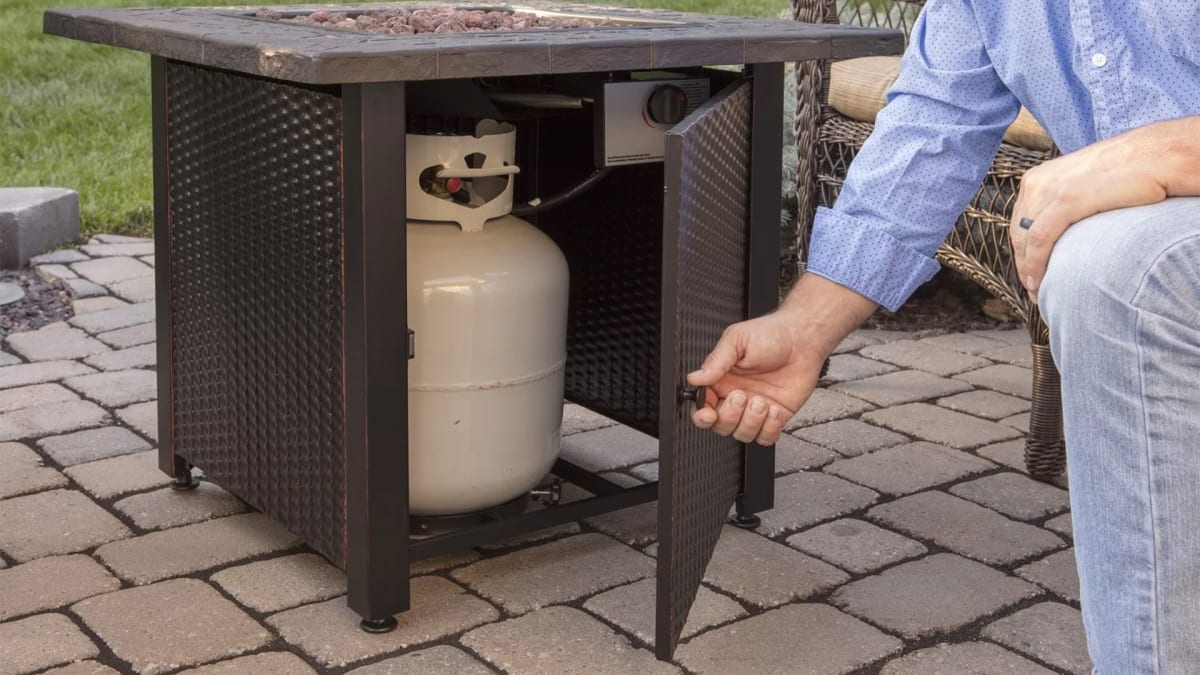
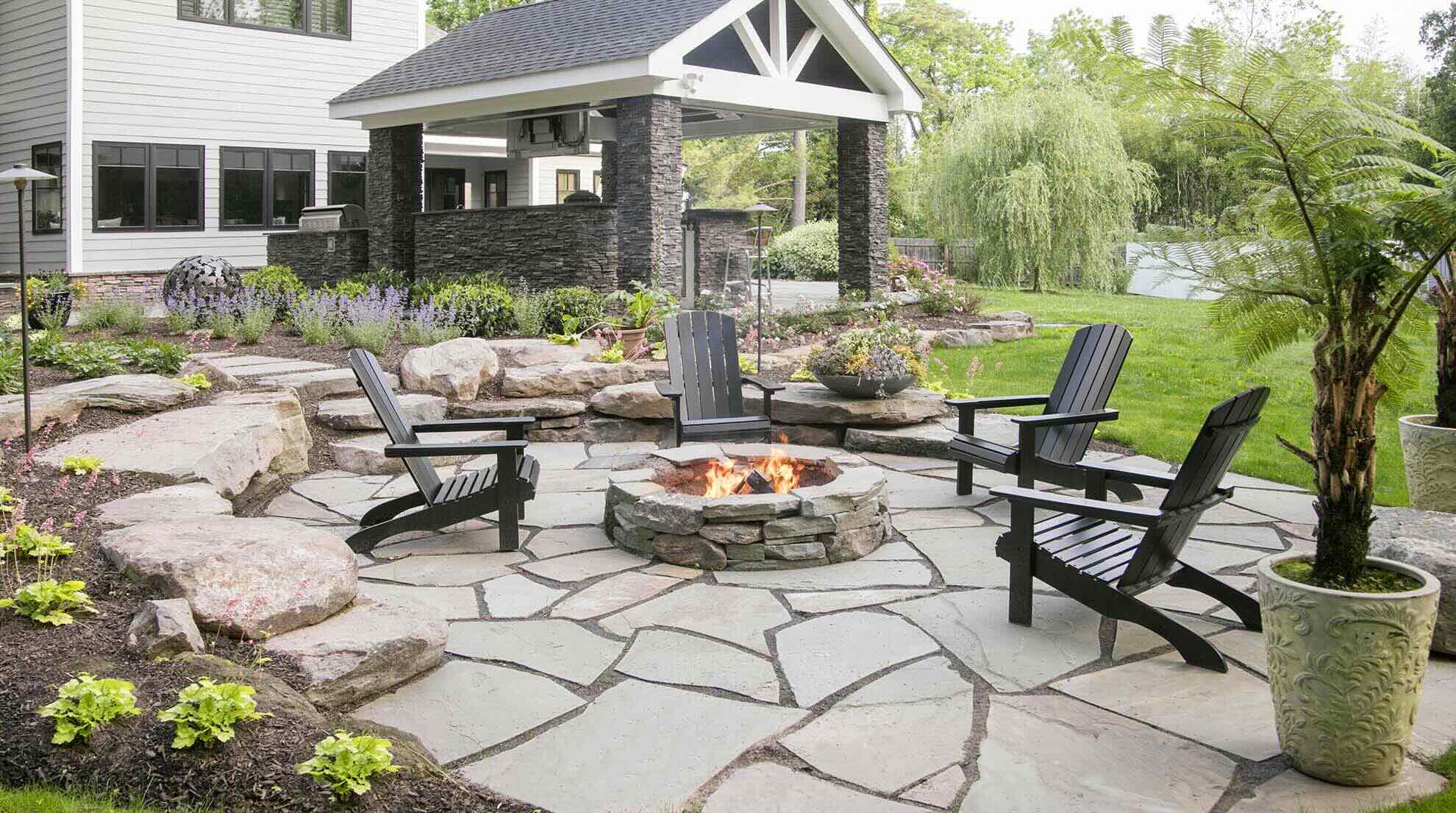
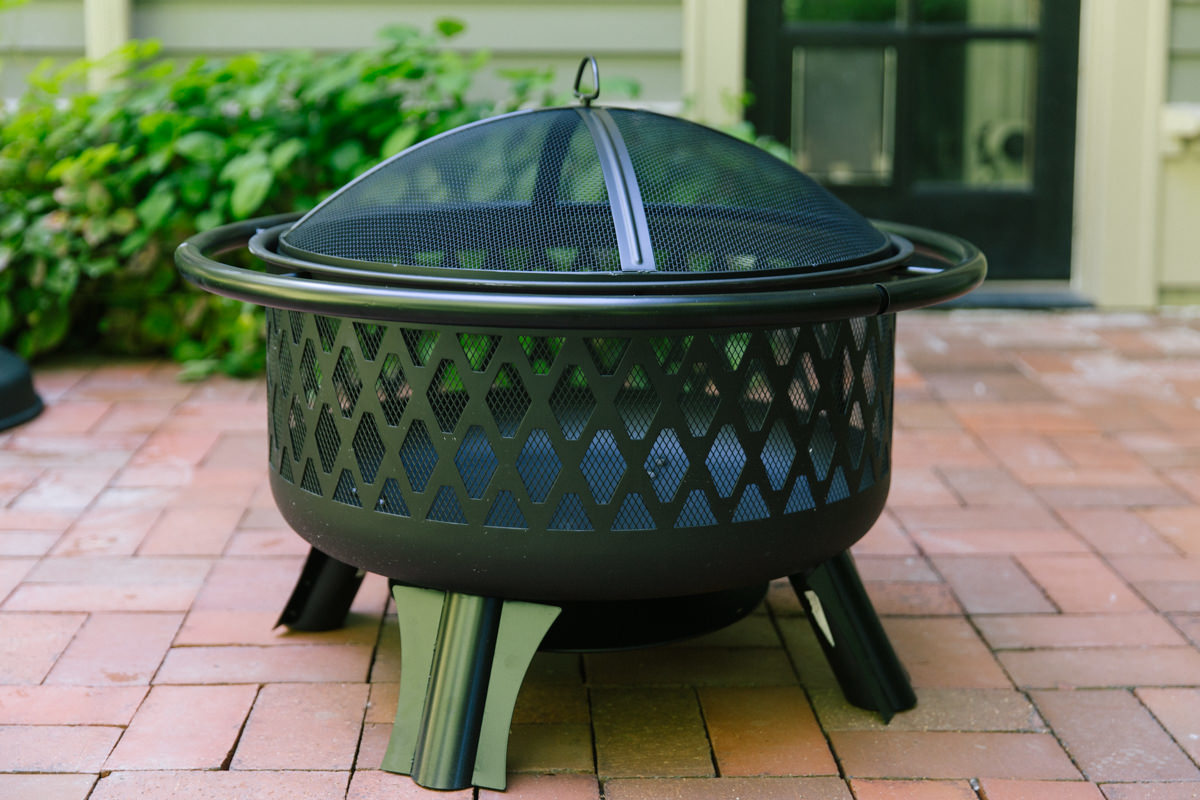
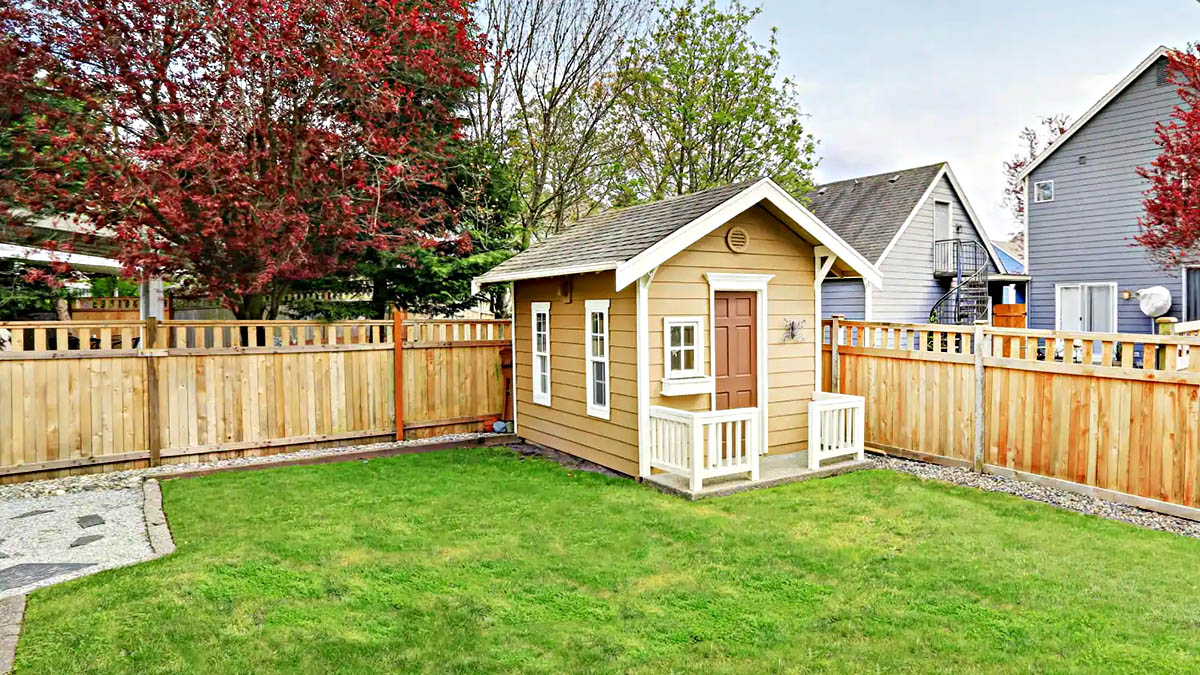
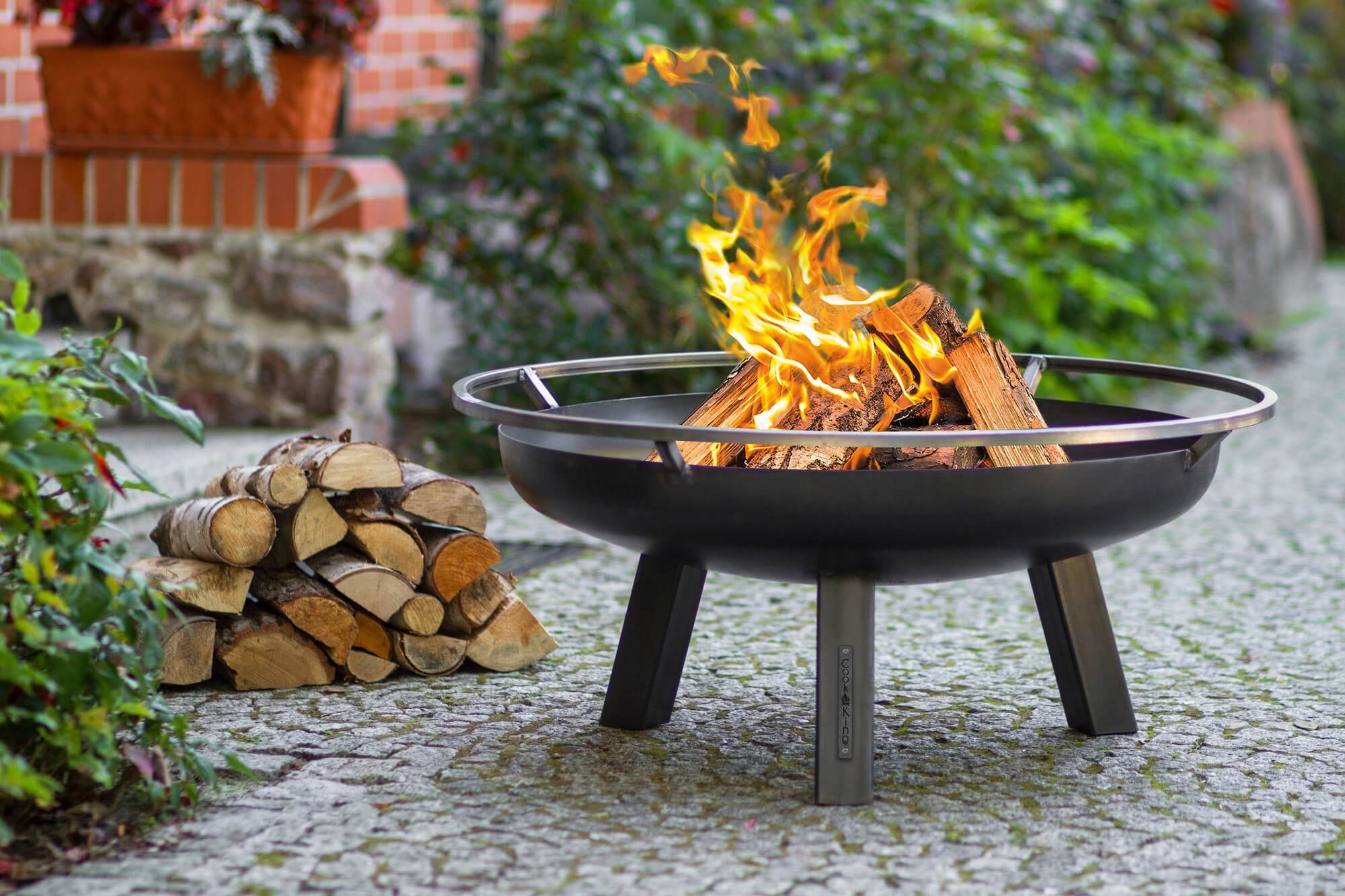
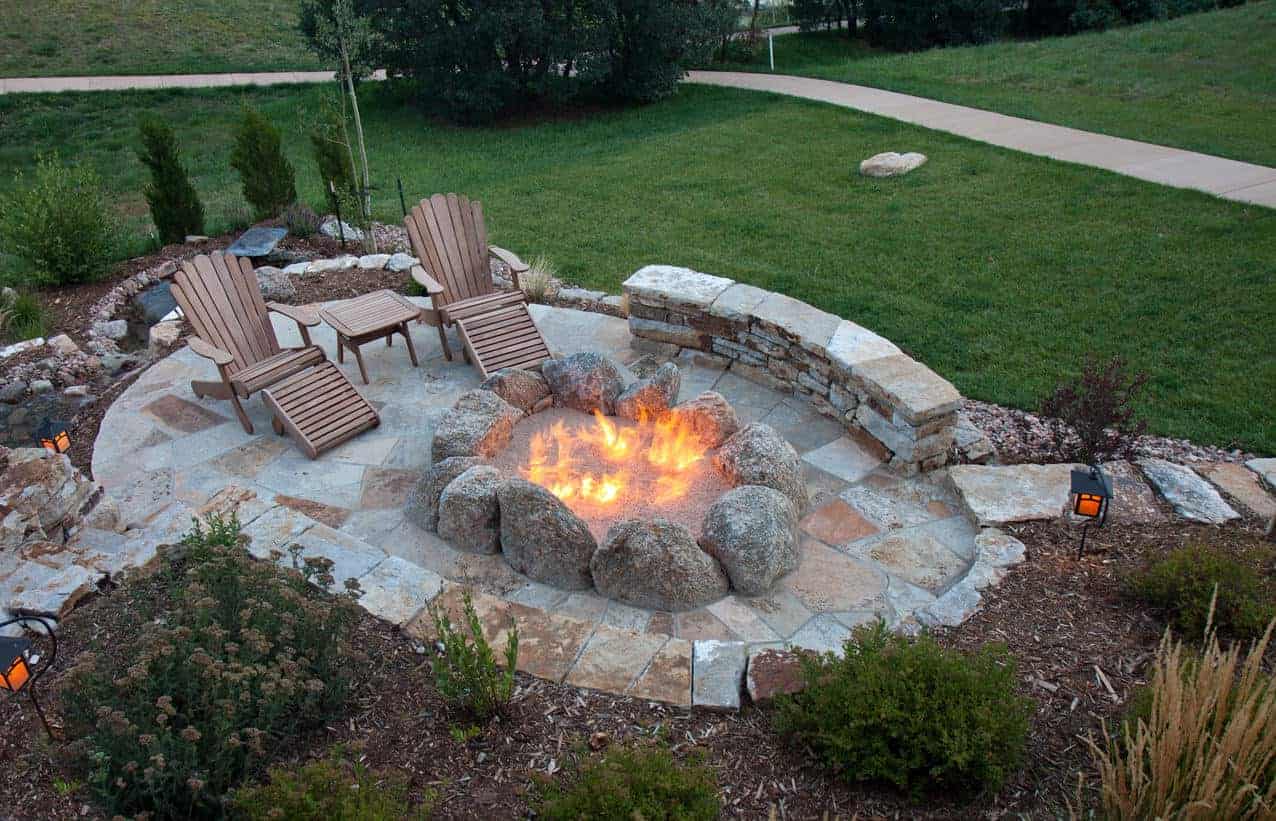

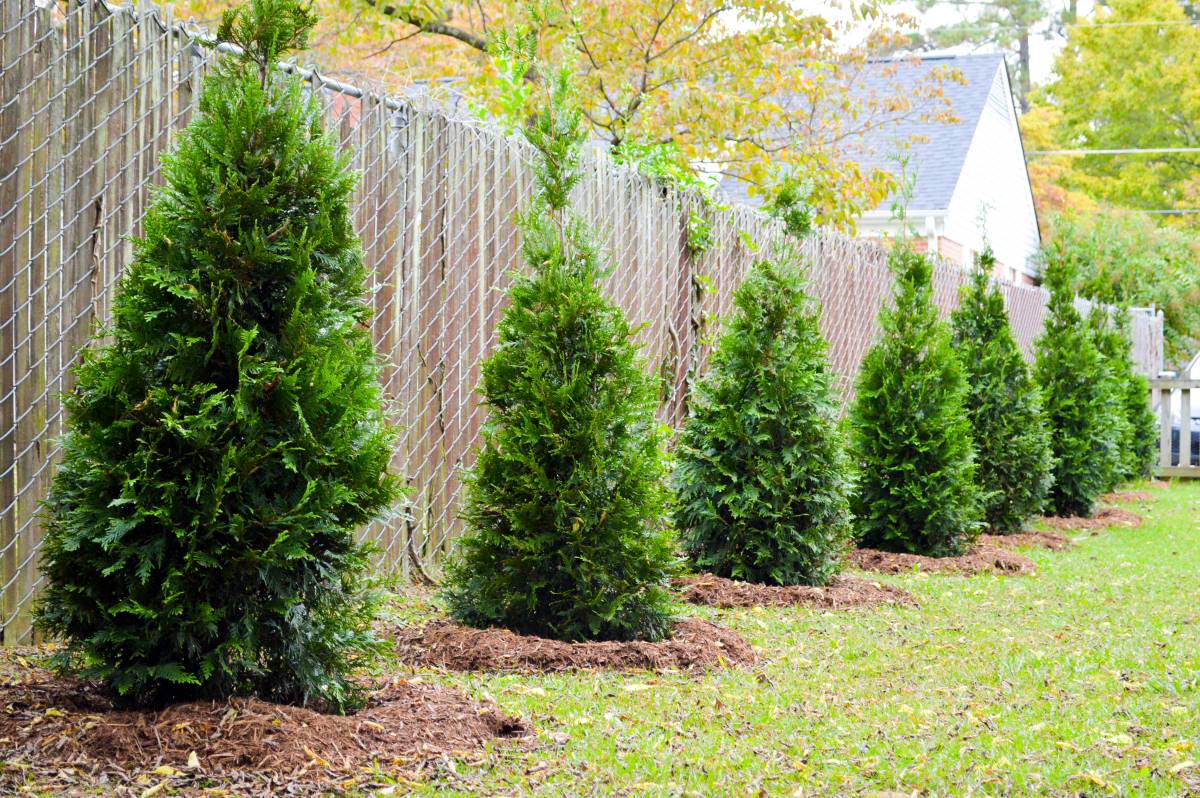
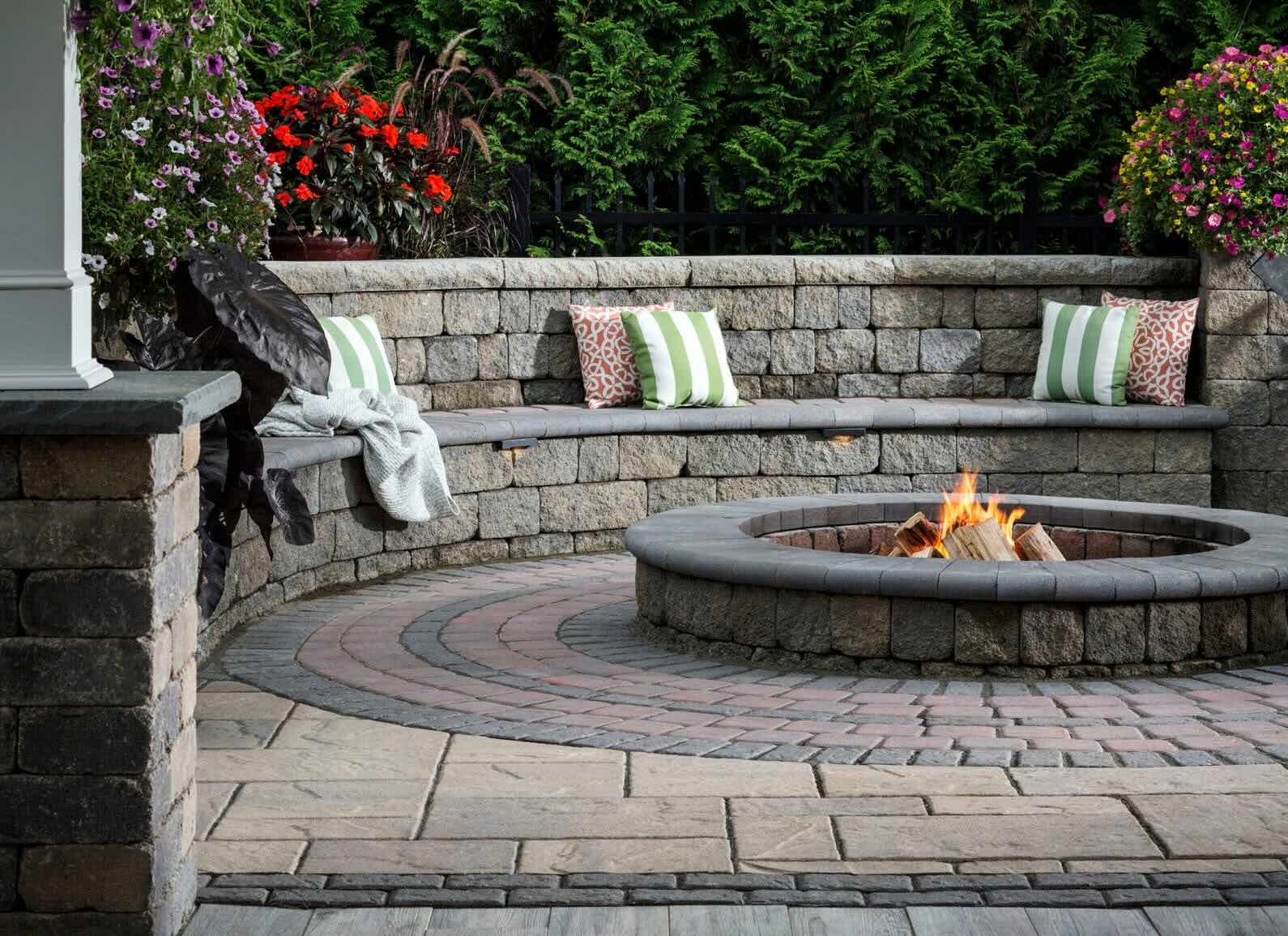

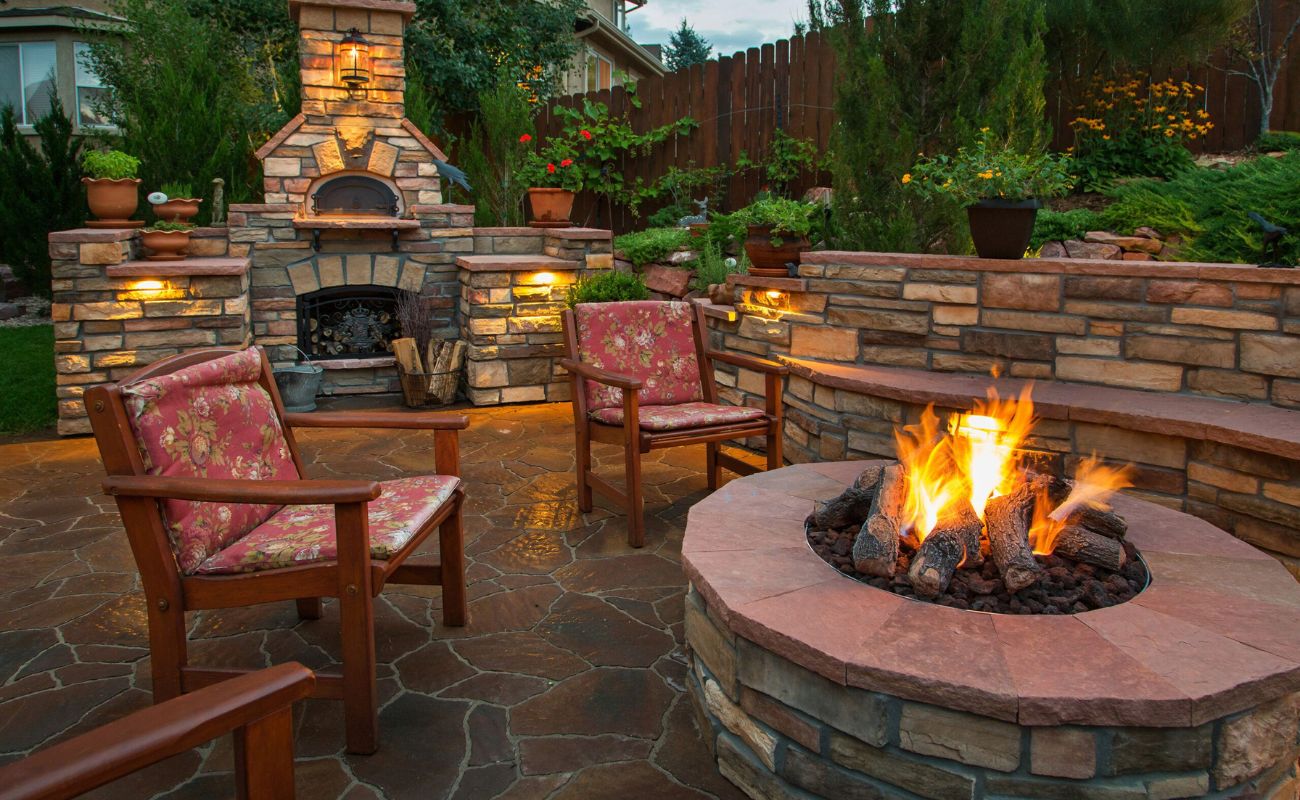
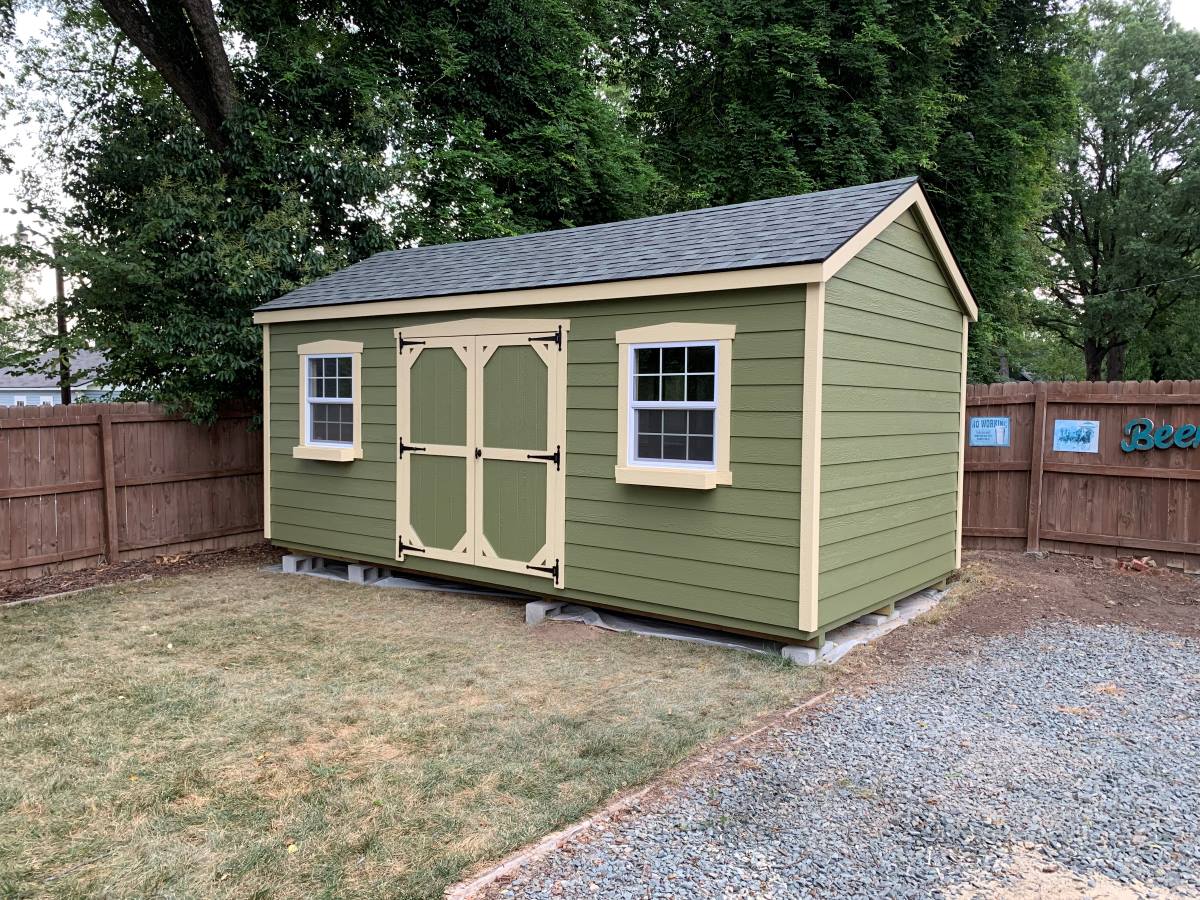

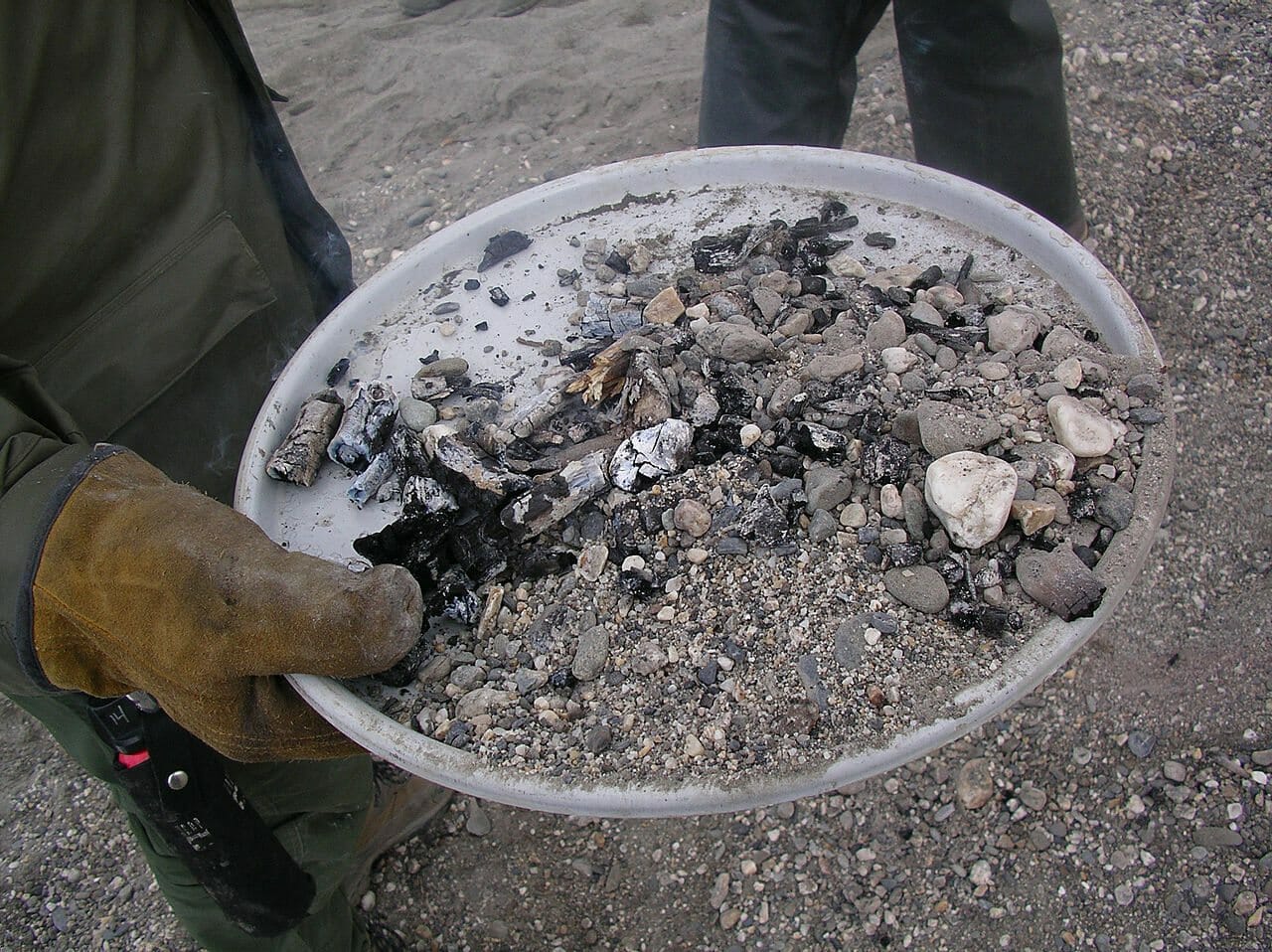

0 thoughts on “How Far Should A Fire Pit Be From A Fence”